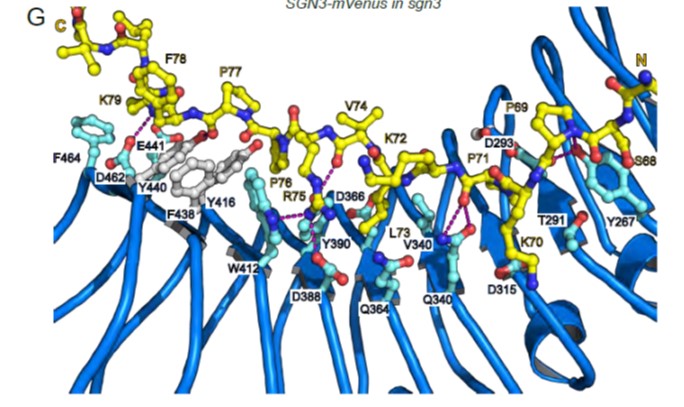
Recognition of sequence-divergent CIF peptides by the plant receptor kinases GSO1/SGN3 and GSO2 (bioRxiv)
Plant Science Research WeeklySCHENGEN 3 [SGN3, also known as GASSHO1 (GSO1)] is a leucine-rich repeat receptor kinase (LRR-RK) previously shown to interact with CIF peptides (CASPARIAN STRIP INTEGRITY FACTORS) to regulate the development of the Casparian strip boundary in roots. Here, Okuda et al. characterize the CIF/LRR-RK interaction.…
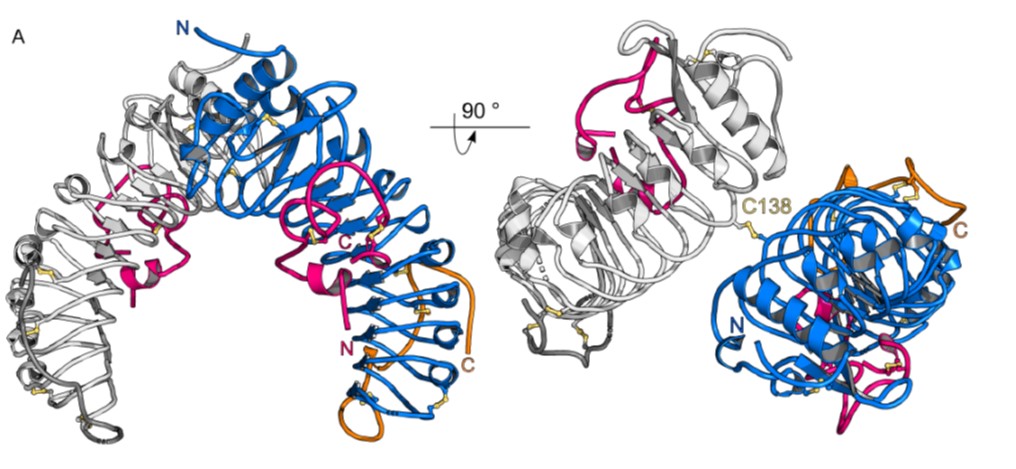
Structural basis for recognition of RALF peptides by LRX proteins during pollen tube growth (bioRxiv)
Plant Science Research WeeklyRALFs (Rapid Alkalinization Factors, based on historical observations that they induce alkalization of the extracellular space) are signaling peptides with diverse roles. RALF4 is required for pollen tube growth and guidance through its interactions with CrRLK1Ls and leucine-rich extension (LRX) proteins.…
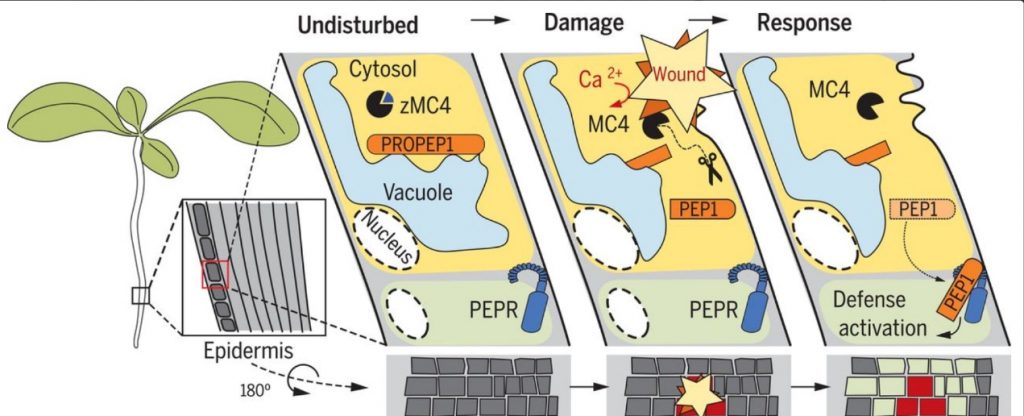
Ca2+-dependent processing of immunomodulatory peptides ($) (Science)
Plant Science Research WeeklyPlants are sessile organisms that have evolved an extraordinary immune system to optimally adapt to the risky environment, which includes hazards such as insect chewing, weather damaging, and pathogen invasion. But the signaling mechanism of how the physical damage of cells triggers the intracellular…

CLERK is a novel receptor kinase required for sensing of root-active CLE peptides in Arabidopsis (Development)
Plant Science Research WeeklySmall secreted peptides including CLEs have been identified as contributing to plant development. CLE26 and CLE45 have been shown to regulate protophloem differentiation in the root tip. Anne et al. used a combination of genetic screening and transcriptomics to identify factors downstream of these peptides.…

A family of small, cyclic peptides buried in preproalbumin since the Eocene epoch (Plant Direct)
Plant Science Research WeeklySmall cyclic peptides are produced in many organisms; some are produced by ribosomes and others not. Fisher et al. explore a class of small cyclic peptides known as orbitides, which have been identified in plants of Asteroideae subfamily of the plant family Asteraceae. The fact that these are abundant…
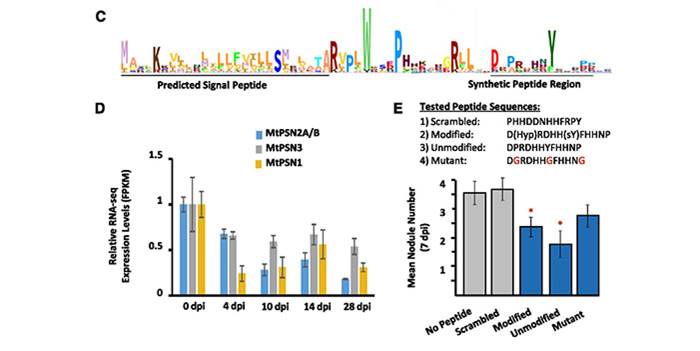
Genome-wide identification of Medicago peptides involved in macronutrient responses and nodulation
Blog, Plant Science Research Weekly, Research, Research BlogPlants are highly plastic and can modulate their growth and development to better respond to abiotic and biotic surroundings. Among the molecules involved in the adaptation to the environment, a crucial role is played by small secreted peptides (SSPs). In their paper, integrating 144 transcriptomic experiments,…

The Small Secreted Peptides of Legumes
Blog, Plant Physiology, Plant Physiology: On The Inside, Research, Research BlogSmall secreted peptides (SSPs) are peptides of 5 to 50 amino acid residues that are secreted into the apoplast. SSPs are critical regulators of a diverse array of growth and developmental processes in plants, including root growth, nutrient homeostasis, meristem maintenance, stress acclimation, pathogen…
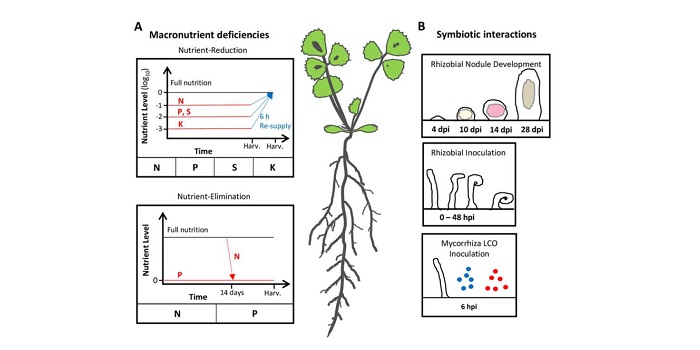
Small peptides, big importance: Small, secreted peptides as novel regulators of symbiosis and nutrient acquisition
Blog, Plant Science Research Weekly, Research, Research BlogIt is becoming increasingly evident that small, secreted peptides (SSPs) are important regulators of plant development and responses to stress. Traditional gene prediction algorithms are biased toward larger coding sequences and have therefore been inadequate in the hunt for plant SSPs. To address this…

Identification of novel growth regulators in plant populations expressing random peptides
Blog, Plant Science Research Weekly, Research, Research Blog0 Comments
/
Knowing that many small molecules act as growth regulators, chemical genomics endeavors to identify novel growth-regulating compounds through screening thousands of randomly generated molecules. Knowing that many peptides also act as growth regulators, Bao et al. used a similar approach to look for novel…

